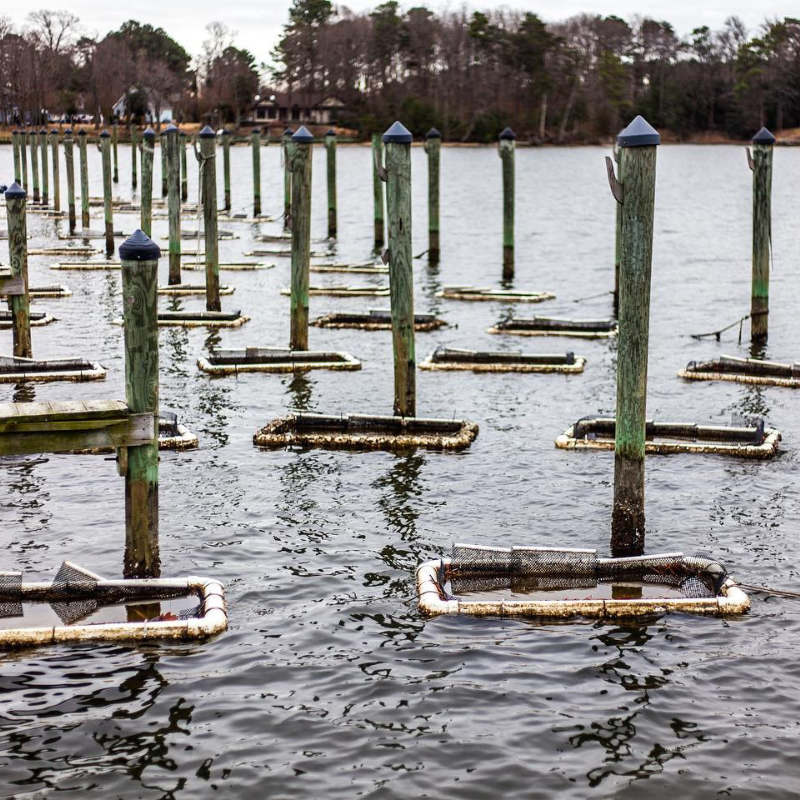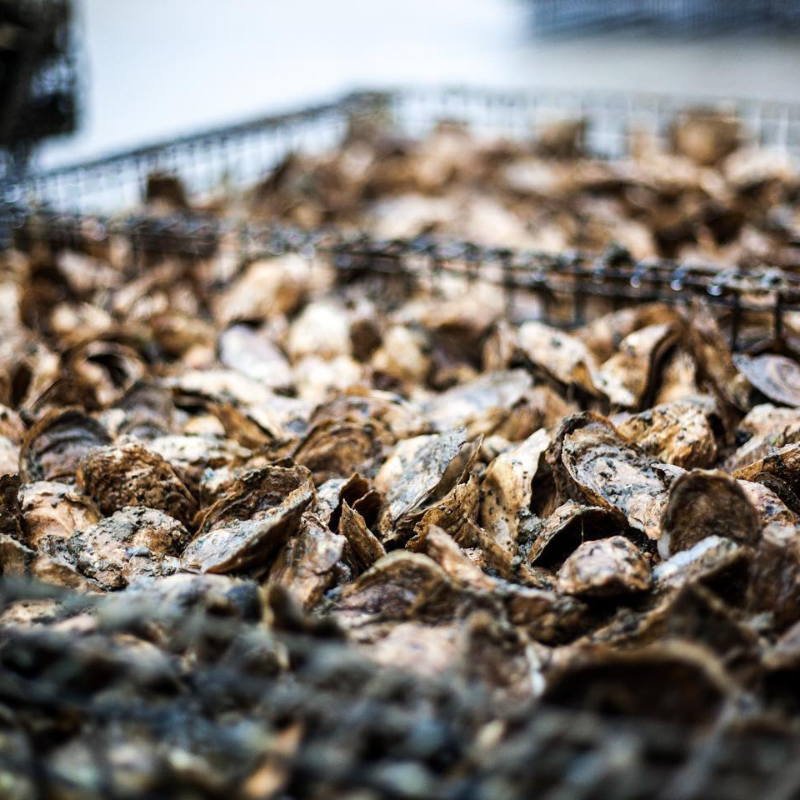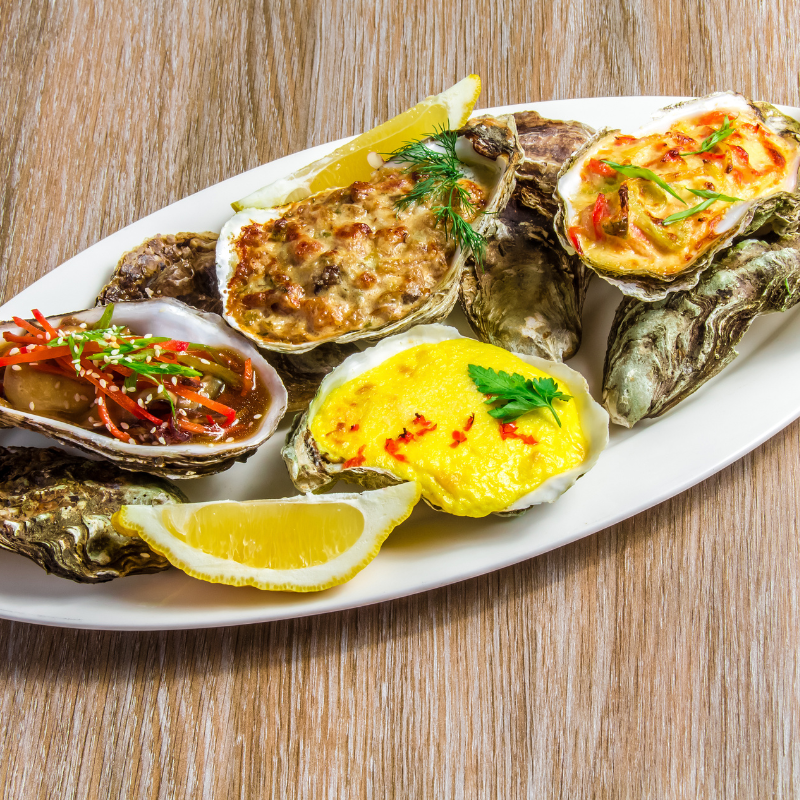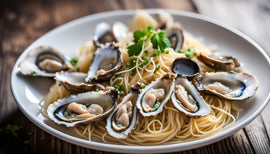Embark on a journey into the heart of oyster cultivation as we pull back the curtain to unveil how it's done.
Discover the age-old practices and modern sustainability that define the harvesting of oysters, a delicate process where precision meets tradition to bring the ocean's treasure to your table.
Introduction to Virginia's Little Wicomico Oyster Farm

The Little Wicomico Oyster Company has been cultivating delicious oysters in the pristine waters of Virginia's Little Wicomico River for over 90 years. As a 4th generation family-owned oyster farm, we take pride in sustainably harvesting our briny, full-flavored Eastern oysters by hand and sharing time-honored traditions with our customers.
The Eastern Oyster: Understanding the Species Cultivated in Virginia

The Eastern oyster is more than just a species. It is an indication of the rich maritime heritage of Virginia. These oysters embody the flavor of the Atlantic, with each shell offering a taste that's as complex as the waters they come from.
At Little Wicomico Oyster Farm, these bivalves are nurtured until their shells embody a rugged, elongated beauty that's unique to the species. Our Eastern oysters are not only a culinary delight but also a keystone species vital to the health of our waterways, playing a critical role in the ecosystem by filtering and purifying the water they inhabit.
The Journey of an Oyster: From Spat to Harvest
An oyster's life begins when free-floating larvae find a spot to attach themselves and grow into baby oysters called spats. At Little Wicomico Oyster Farm, spat are carefully raised in a monitored, controlled environment until they reach a peak harvest size of 3-5 inches. This journey from a microscopic spat to a plump oyster takes 18-36 months, depending on the water temperature and algae levels that affect growth rates.
Sustainable Cultivation Practices at Little Wicomico Oyster Farm
At Little Wicomico Oyster Farm, sustainability is at the heart of our ethos. By following eco-friendly oyster farming methods, we keep our environmental impact low to support the ecosystem and protect the oyster population. As a result, our harvests yield not just flavorful oysters but also embody our dedication to the environment and nurture the passion for oysters for generations to come.
Harvesting Techniques: How Little Wicomico Oysters Are Gathered
At Little Wicomico Oyster Farm, our experienced watermen harvest oysters using time-honored techniques. We carefully collect mature oysters from our beds at low tide. The oysters are then placed in baskets and loaded onto boats to be brought back to shore. This artisanal approach ensures our oysters arrive at the dock unbruised while preserving the health of our oyster beds.
The Role of Water Quality and Monitoring in Oyster Harvesting
The exceptional flavor and consistency of our oysters stem from the pristine waters of the Little Wicomico River. As filter feeders, oysters take on the taste and characteristics of their environment. We routinely monitor and test water quality to pinpoint the prime times for harvesting batches with optimal saltiness, sweetness, and texture. By understanding subtle seasonal impacts on our river's ecosystem, we can time our oyster gathering to capture them at their peak expression.
From Farm to Table: Ensuring Peak Freshness of Oysters
From harvest to delivery, our oysters take the most direct route possible to remain fresh, straight to your door. They are immediately packed after leaving our dock and then prepared to be sent to retailers and restaurants across the country. We offer pick-up at our store, as the oysters are usually ready wthin 24 hours. Eating our oysters within 48 hours of harvest ensures you'll experience their pristine texture and sweet, salty flavor, just as they come from the ocean.
The Importance of Timing in Oyster Harvesting
Our expertise in oyster farming has taught us the importance of timing within the oyster season. We keep a close eye on water temperatures, algae levels, and spawning cycles to pinpoint the optimal harvesting moments, typically in early spring and late fall, when oysters are at their plump and flavorful best. Avoiding overharvesting is key to preventing smaller, less tasty oysters. This careful balance is our secret to sustaining beds full of delectable oysters year after year.
Oyster Recipes to Savor: From Classic Stew to Fried Delights

From our family's Christmas Eve Oyster Stew to Southern Fried Oysters, we love experimenting with new ways to highlight the bold flavor of our oysters.
Browse our recipe guides to find inspiration for your next oyster dish. Whether you prefer them raw on the half shell, roasted, smoked, or incorporated into chowders and pan roasts, our plump oysters are guaranteed to satisfy.
Don't be afraid to get creative with seasonings and ingredients that complement the sweet brininess. From classic to innovative, we hope our oyster recipes steer your kitchen adventures in delicious directions.
Frequently Asked Questions
What makes Little Wicomico Oysters unique?
Little Wicomico Oysters capture the unique flavor profile of the Little Wicomico River, blending brine, sweetness, and minerality. Grown sustainably for 18-36 months, they develop a rich, full body within their characteristic oyster shells. We harvest them at the height of their seasonal flavor and texture, ensuring each oyster delivers an exceptional taste unique to its origin.
Can I visit the oyster farm for a tour?
Yes, we offer educational tours of our oyster farm led by Dr. Lynton Land. Groups can explore our oyster nursery and growing beds while learning about the oyster cultivation process, from spat to harvest. Contact us to inquire about scheduling a tour at our facility along Virginia's Little Wicomico River.




